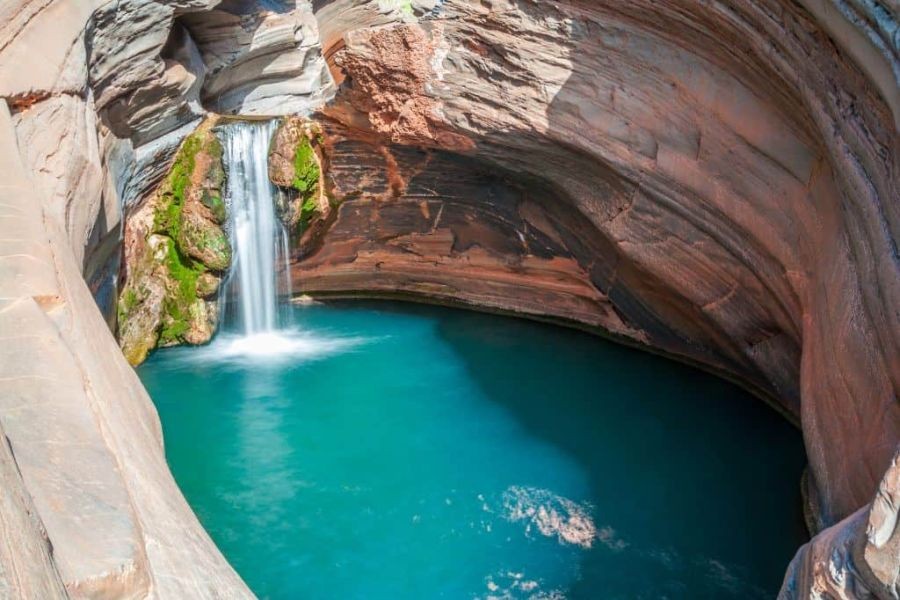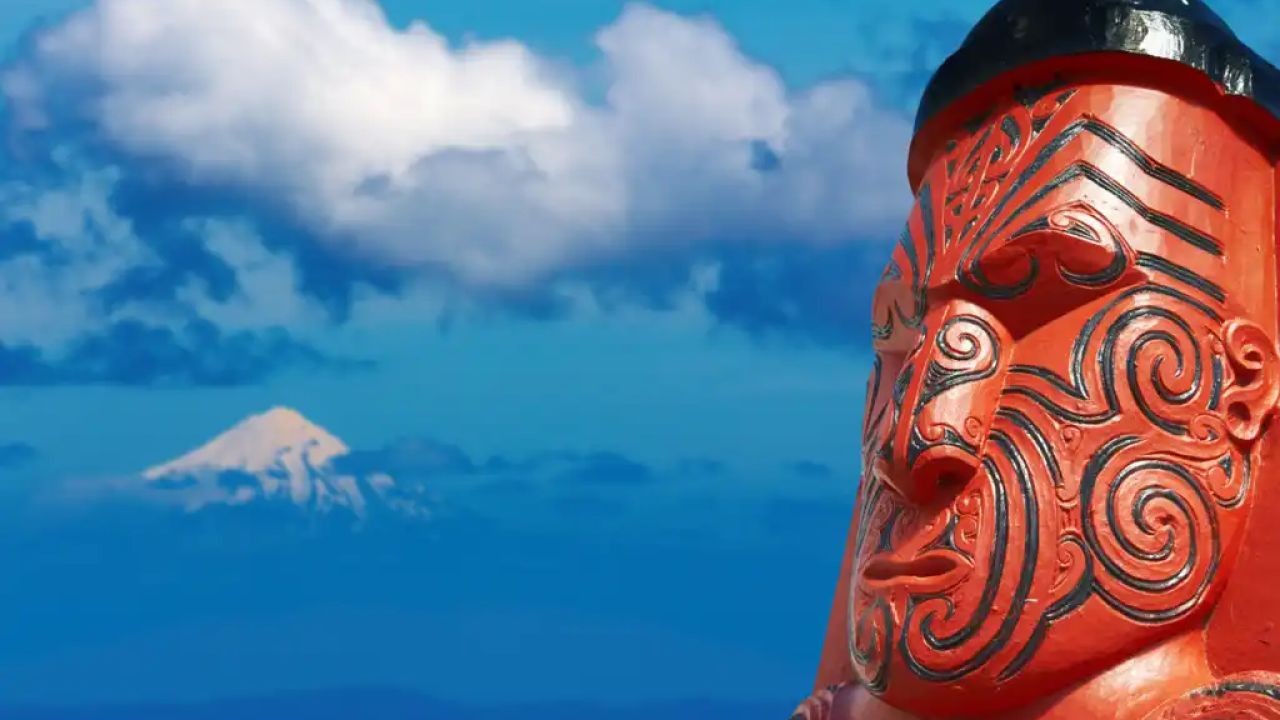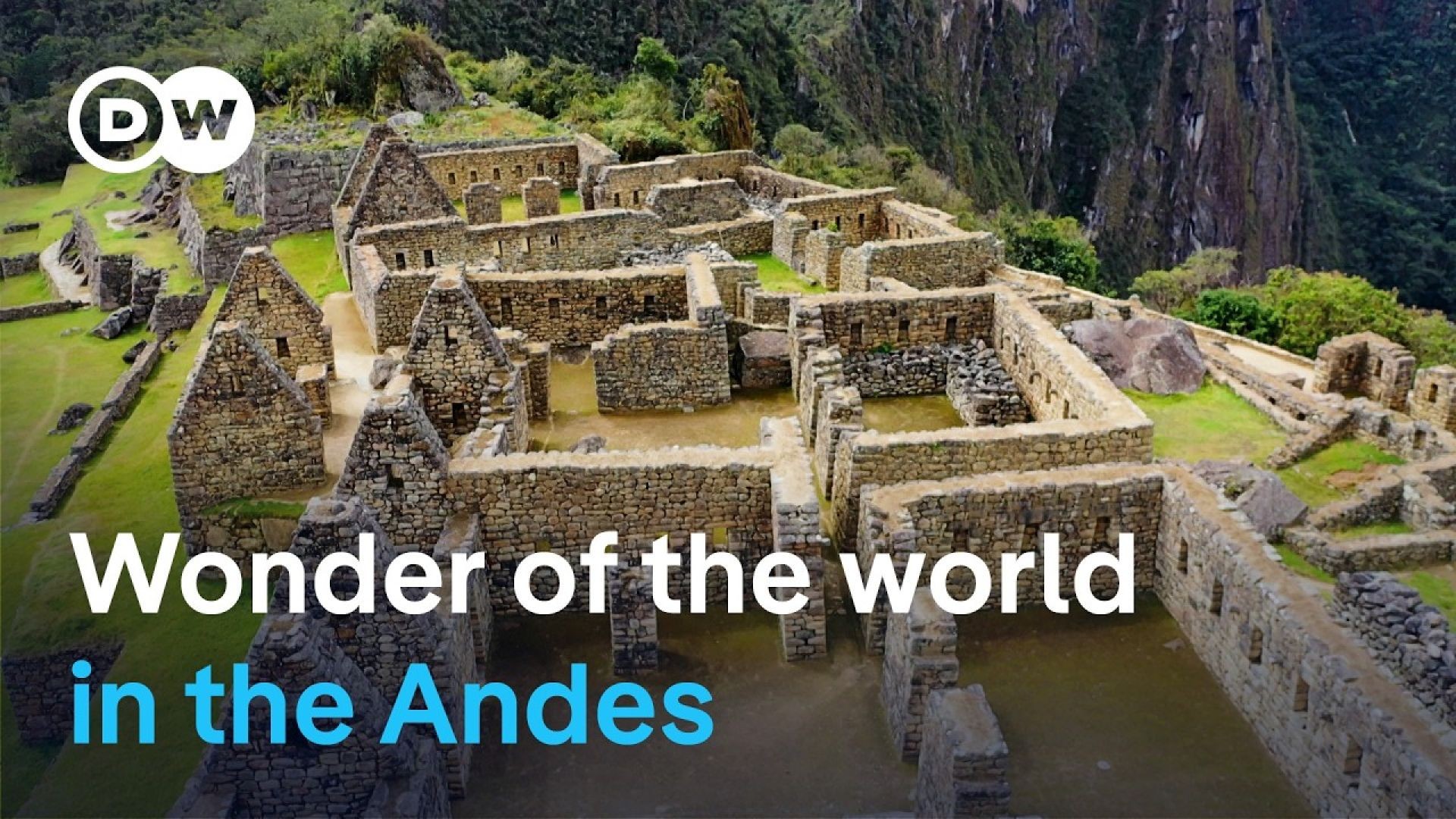New Zealand, renowned for its breathtaking landscapes and vibrant culture, offers more than just the iconic tourist destinations everyone knows. For those venturing beyond the beaten path, the country presents a treasure trove of hidden gems ripe for exploration. As an economist, understanding the economic and cultural implications of tourism expansion into lesser-known areas can offer valuable insights into sustainable growth and regional development. This article provides five practical tips for uncovering New Zealand's best-hidden gems, with a keen eye on the economic and cultural benefits these explorations entail.
Understanding the Economic Impact of Tourism in New Zealand
Tourism is a significant contributor to New Zealand’s economy. According to Stats NZ, the tourism sector accounted for 5.8% of the country's GDP in 2022, underscoring its importance to the national economy. However, the concentration of tourists in popular areas like Queenstown and Rotorua has led to economic imbalances, with lesser-known regions not reaping the same benefits. Diversifying tourist destinations can alleviate pressure on these hotspots and distribute economic gains more evenly across the country.
Tip 1: Leverage Local Knowledge and Networks
Locals often have the best knowledge of hidden gems. Engaging with local communities not only enriches the travel experience but also supports regional economies. For instance, the Northland region offers unique cultural experiences that are less commercialized but deeply enriching. By tapping into local networks, tourists can discover these hidden treasures while contributing to local businesses, fostering economic growth in underdeveloped areas.
The Pros and Cons of Off-the-Beaten-Path Tourism
Exploring hidden gems offers unique benefits but comes with its own set of challenges.
Pros:
- Sustainable Tourism: Spreading tourist activities across various regions can reduce environmental pressure on popular sites.
- Economic Diversification: Encouraging travel to lesser-known areas can diversify income sources for local communities.
- Cultural Preservation: Visiting less commercialized areas can help preserve local cultures and traditions.
Cons:
- Infrastructure Limitations: Lesser-known areas may lack the infrastructure to support an influx of tourists.
- Potential Over-Tourism: Once a hidden gem becomes popular, it risks becoming over-commercialized.
Tip 2: Utilize Technology for Discovery
In today's digital age, technology plays a crucial role in uncovering hidden gems. Platforms like TripAdvisor and local tourism websites can provide valuable insights into lesser-known attractions. Additionally, social media platforms offer real-time updates and reviews from fellow travelers, helping tourists make informed decisions. For instance, Instagram posts tagged with #NZHiddenGems can lead to the discovery of stunning yet overlooked destinations.
Case Study: The Economic Revival of Waitomo
Waitomo, famous for its glowworm caves, showcases how strategic tourism can revitalize a region.
Problem:
Waitomo faced economic stagnation due to its reliance on a single tourist attraction. Seasonal fluctuations in visitor numbers exacerbated the issue, impacting local businesses.
Action:
The local community expanded its tourism offerings to include adventure activities like black-water rafting and cultural tours, supported by targeted marketing campaigns.
Result:
- Visitor numbers increased by 35% over three years.
- Local business revenues rose by 20%.
- Employment opportunities in the tourism sector grew by 15%.
Takeaway:
This case study highlights the potential for economic growth through tourism diversification. Similar strategies could benefit other regions in New Zealand, offering lessons in balancing economic development with cultural and environmental preservation.
Tip 3: Engage in Eco-Friendly Travel
Eco-friendly travel not only benefits the environment but also enhances the travel experience. Using public transportation, supporting sustainable businesses, and respecting local customs can make a significant difference. New Zealand’s tourism industry is increasingly aligning with sustainable practices, and travelers can play a pivotal role by choosing eco-friendly options.
Future Trends in New Zealand Tourism
The future of tourism in New Zealand lies in balancing economic benefits with sustainability and cultural preservation. As more travelers seek authentic and eco-conscious experiences, regions that embrace sustainable tourism practices will likely see increased interest and investment. According to a MBIE report, sustainable tourism is projected to grow by 5% annually, highlighting the potential for both economic and environmental gains.
Tip 4: Personalize Your Journey
Personalized travel experiences are gaining popularity as travelers seek unique adventures tailored to their interests. Customizing itineraries to include local festivals, traditional workshops, and unique culinary experiences can create memorable journeys while supporting local economies. Personalization not only enhances the travel experience but also ensures that economic benefits reach diverse community segments.
Tip 5: Embrace Cultural Sensitivity
Cultural sensitivity is crucial when exploring hidden gems. Respecting local customs and traditions fosters goodwill and enhances the travel experience. New Zealand, with its rich Maori heritage, offers a tapestry of cultural experiences that can be both enlightening and enriching. By respecting local cultures, travelers contribute to cultural preservation and sustainable tourism practices.
Conclusion: Exploring New Zealand's Hidden Gems Responsibly
Exploring New Zealand’s hidden gems offers unparalleled experiences while contributing to economic diversification and cultural preservation. By adopting sustainable practices and engaging with local communities, travelers can ensure their adventures are both rewarding and responsible. As New Zealand continues to balance tourism growth with sustainability, these hidden gems will play a vital role in shaping the future of the country’s tourism landscape.
What hidden gems have you discovered in New Zealand? Share your experiences and insights in the comments below!
People Also Ask
- How does off-the-beaten-path tourism impact New Zealand's economy? Off-the-beaten-path tourism distributes economic benefits to less-visited areas, fostering regional development and reducing strain on popular destinations.
- What are the challenges of exploring hidden gems in New Zealand? Infrastructure limitations and potential over-tourism are challenges, but they can be managed with strategic planning and sustainable practices.
Related Search Queries
- Hidden gems in New Zealand
- Sustainable tourism in New Zealand
- Eco-friendly travel tips
- New Zealand cultural experiences
- Off-the-beaten-path destinations
- Local tourism in New Zealand
- Economic impact of tourism in New Zealand
- New Zealand travel tips
- Personalized travel experiences
- Maori cultural sites in New Zealand






























